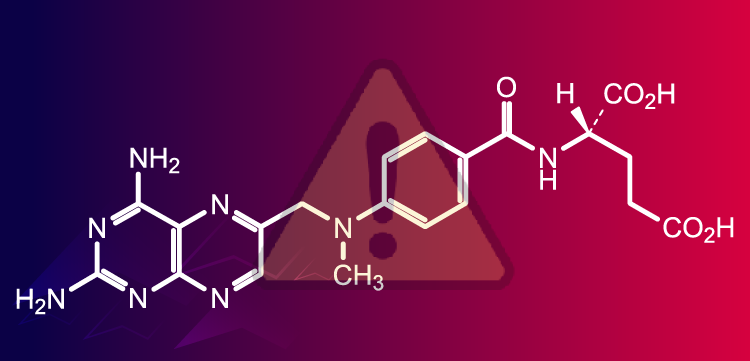
Post-Induction PET Predicts Survival in Follicular Lymphoma
A pooled analysis of three prospective trials showed that post-induction therapy PET-CT scans are highly predictive of progression-free and overall survival in follicular lymphoma patients.
A pooled analysis of three prospective trials showed that post-induction therapy PET-CT scans are highly predictive of progression-free survival (PFS) and overall survival (OS) in follicular lymphoma patients, according to data presented at the 2014 American Society of Clinical Oncology (ASCO) Annual Meeting in Chicago.
Judith Trotman, MBChB, of the University of Sydney in Australia, noted that 2007 guidelines recommended against routine use of PET-CT for follicular lymphoma response assessment, but it is still routinely used in practice. The new study examined the PRIMA, FOLL05, and PET Folliculaire trials to compare PET status using the PS5 scoring system, simple CT-based responses, and PFS and OS.
The study included 246 evaluable patients from the three trials. PS5 scores of at least 3 (uptake greater than mediastinum but no more than liver) and at least 4 (uptake moderately higher than liver) were evaluated.
Of the 246 patients, 68 (28%) were PET-positive using the score of 3 as a cutoff, and 41 (17%) were positive using 4 as a cutoff. Both PET cutoffs were predictive of PFS, but using 4 was more predictive, yielding a hazard ratio for progression of 3.9 (95% CI, 2.5-5.9; P < .0001) for PET-positive patients. The median PFS was 16.9 months for PET-positive and 74 months for PET-negative patients.
PET status was also significantly correlated with OS, with an HR of 6.7 (95% CI, 2.4-18.5; P = .0002). The median OS was 79 months for PET-positive patients and it was not reached for PET-negative patients. On a multivariate analysis, PET-positive using the cutoff of 4 was significantly predictive of PFS with an HR of 3.1 (95% CI, 1.9-4.9; P < .0001).
The standard CT assessments of response also predicted outcome, with stable disease/progressive disease vs complete responses still significant on the multivariate analyses. Christopher Flowers, MD, of Emory University in Atlanta, was the discussant for the session and pointed out that PET-positive disease occurred across the various CT responses, including in patients with complete and partial responses, stable disease, and progressive disease.
Trotman concluded that PET status is strongly predictive of survival outcomes. “When performing PET-CT, conventional CT assessment provides limited additional value, and PET-CT applying the five-point scale should be the new gold standard for therapeutic response assessment in this lymphoma,” she said.
Flowers noted that it will be important to confirm this result and see how this population compares to other clinical trial and standard practice follicular lymphoma patients. Also, he said, “I think it’s still unclear how PET characteristics… would behave with a broader population of patients receiving maintenance therapy.”
Newsletter
Stay up to date on recent advances in the multidisciplinary approach to cancer.


















































































